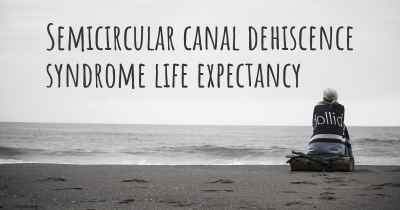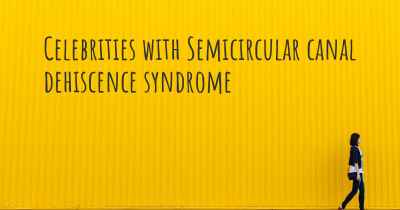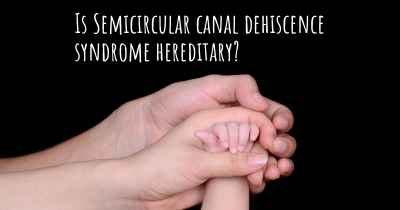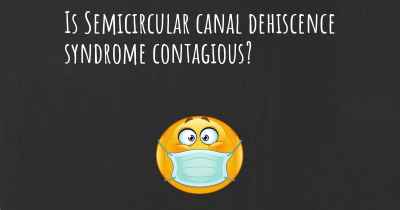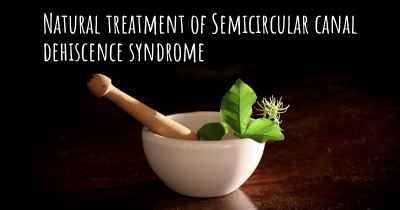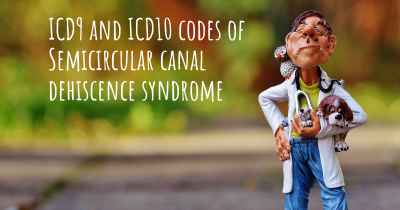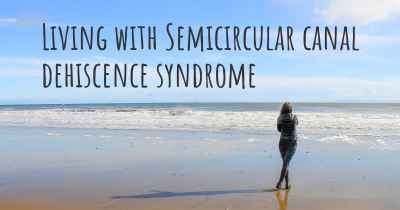Is it easy to find a partner and/or maintain relationship when you have Semicircular canal dehiscence syndrome?
People with experience in Semicircular canal dehiscence syndrome give their opinion on whether it is easy or not to have a partner or to maintain a realationship when you are diagnosed of Semicircular canal dehiscence syndrome. What are the possible difficulties in having a relationship?
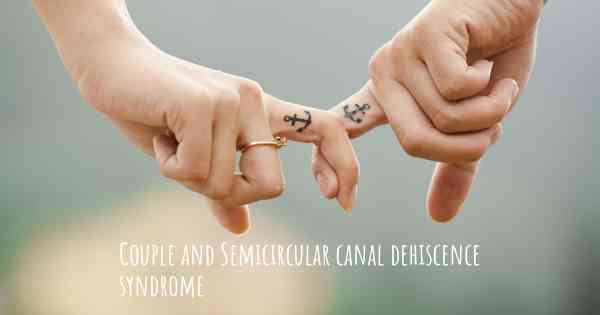
Is it easy to find a partner and/or maintain a relationship when you have Semicircular Canal Dehiscence Syndrome?
When it comes to finding a partner and maintaining a relationship, having Semicircular Canal Dehiscence Syndrome (SCDS) can present unique challenges. SCDS is a medical condition that affects the inner ear, causing symptoms such as dizziness, hearing loss, and sensitivity to certain sounds. While these symptoms can impact various aspects of life, including relationships, it is important to remember that every individual's experience is different.
Finding a Partner:
When it comes to finding a partner, it is essential to focus on open communication and understanding. While SCDS may present challenges, it does not define a person's worth or their ability to form meaningful connections. It is important to be open and honest about your condition when getting to know someone, as this can help build trust and understanding from the beginning.
While some individuals may be unfamiliar with SCDS, taking the time to educate your partner about the condition can help them better understand your experiences and needs. This can also foster empathy and support within the relationship.
Maintaining a Relationship:
Maintaining a relationship when you have SCDS requires patience, understanding, and adaptability from both partners. It is crucial to communicate openly about your symptoms, limitations, and any adjustments that may be necessary to accommodate your condition.
SCDS symptoms can vary in severity and frequency, so it is important to have a partner who is understanding and supportive during times when you may need extra care or assistance. This can include helping with household tasks, accompanying you to medical appointments, or simply providing emotional support.
It is also important to find a balance between your own self-care and the needs of the relationship. Taking care of your physical and mental health is crucial in managing SCDS symptoms, and having a partner who understands and supports this can make a significant difference.
Building a Supportive Network:
While a romantic partner can provide support, it is also important to build a broader support network that includes friends, family, and healthcare professionals. Having a network of individuals who understand your condition and can offer support and guidance can be invaluable.
Consider joining support groups or online communities specifically for individuals with SCDS. Connecting with others who share similar experiences can provide a sense of belonging and understanding.
Conclusion:
While having SCDS may present unique challenges in finding and maintaining a relationship, it is important to remember that love and connection are possible for everyone. Open communication, understanding, and support from both partners are key in navigating the impact of SCDS on a relationship. Building a supportive network and prioritizing self-care are also crucial in managing the condition and maintaining overall well-being.
